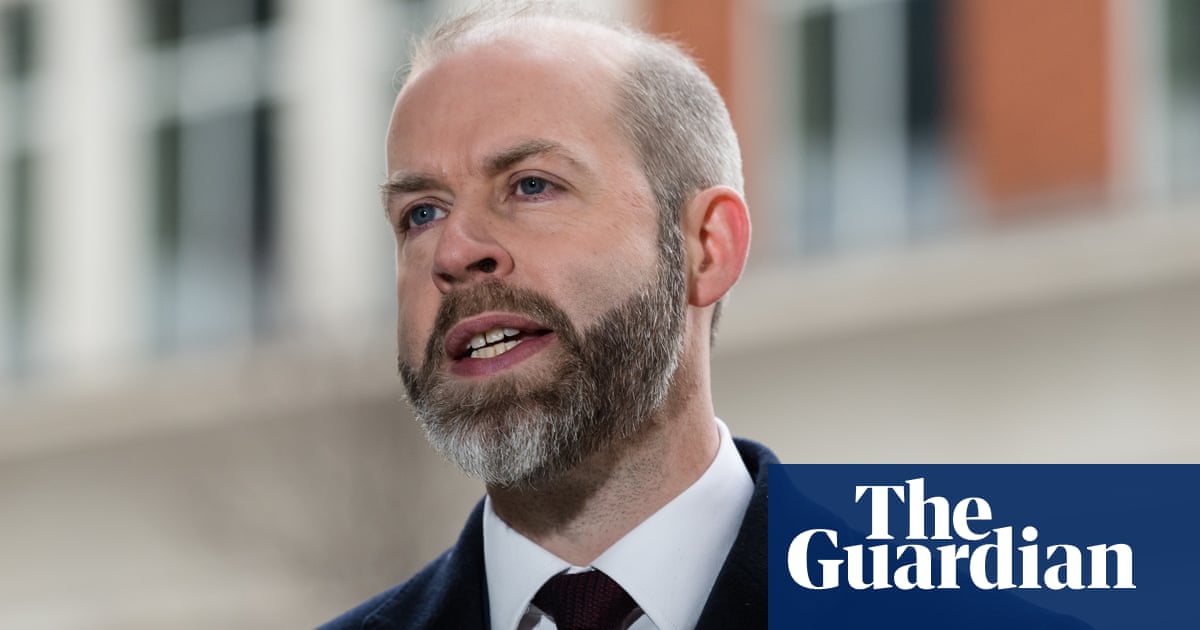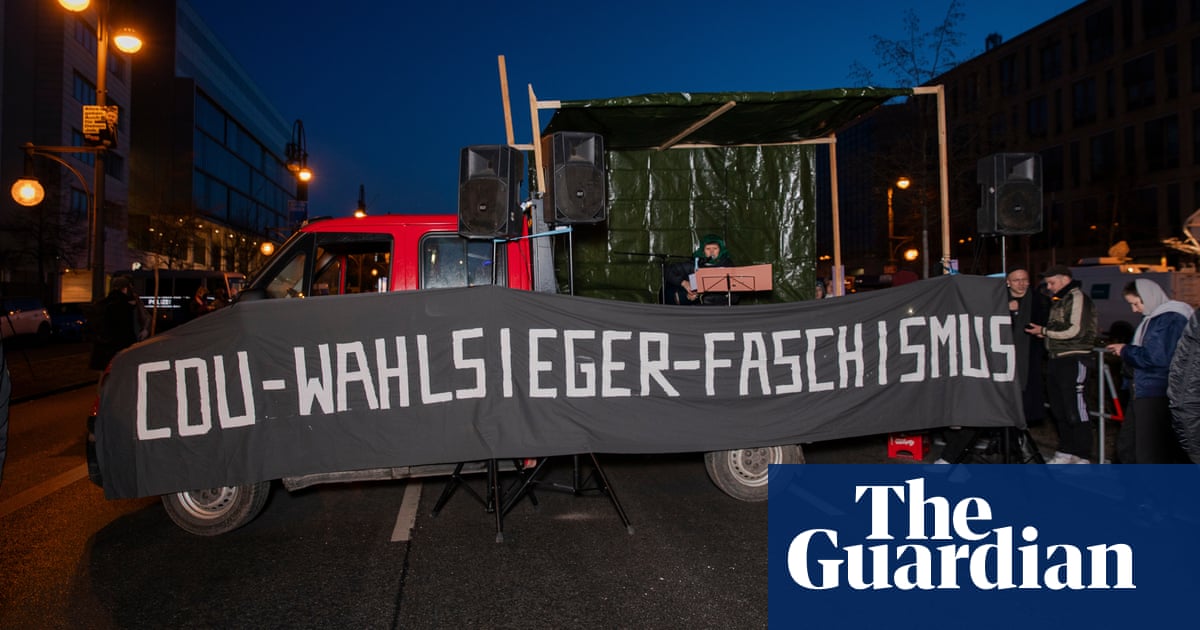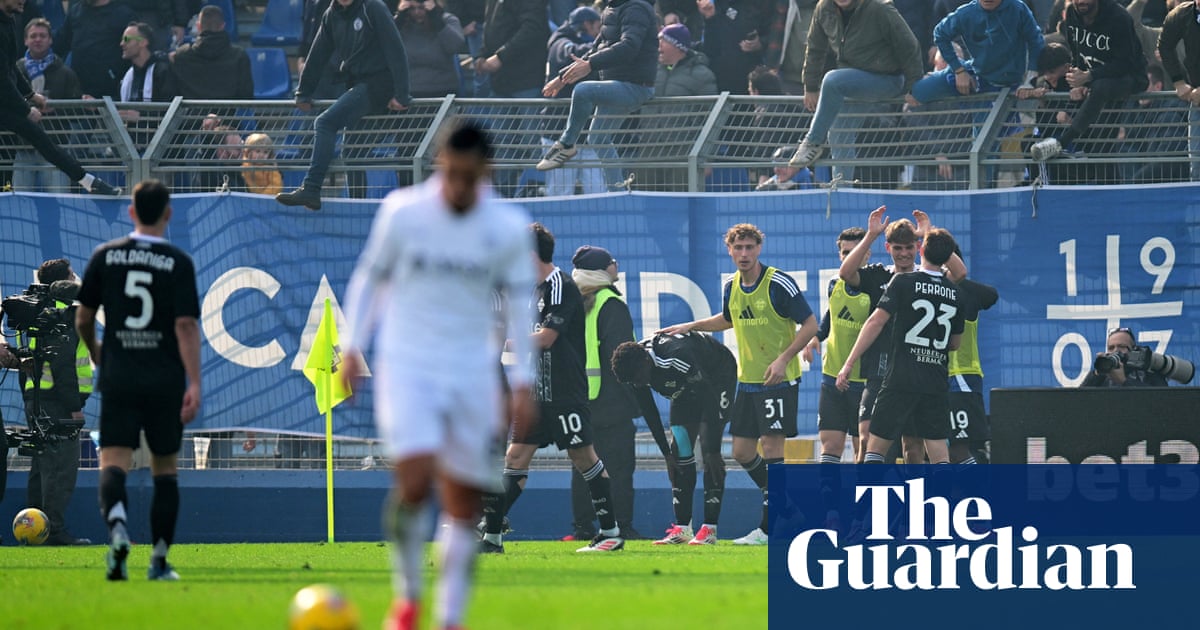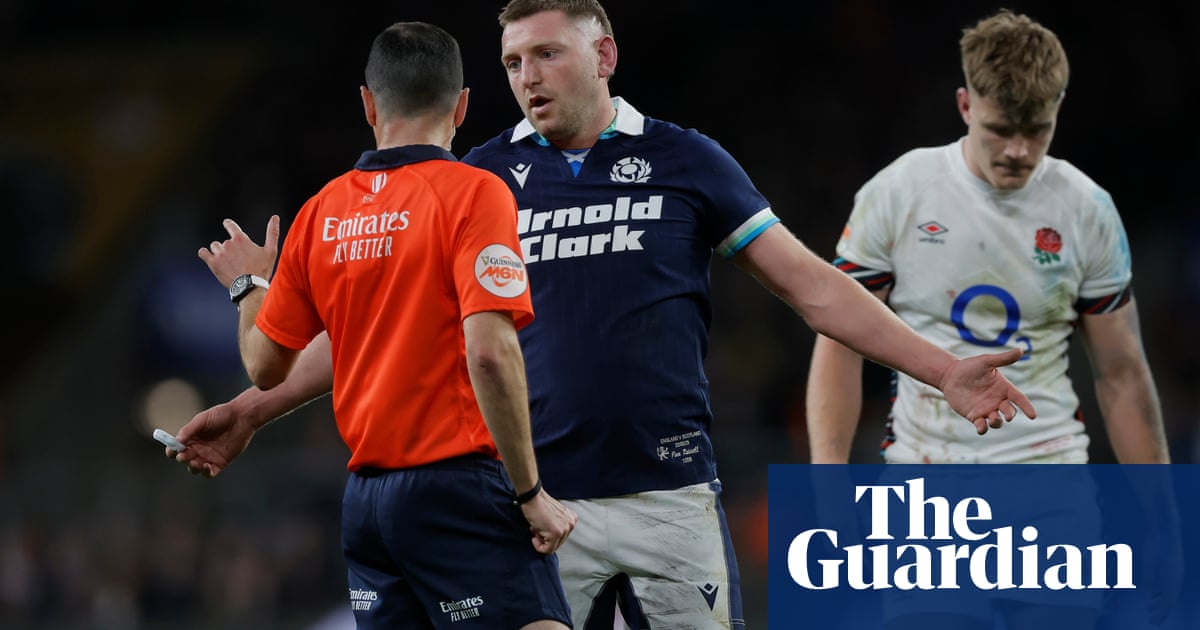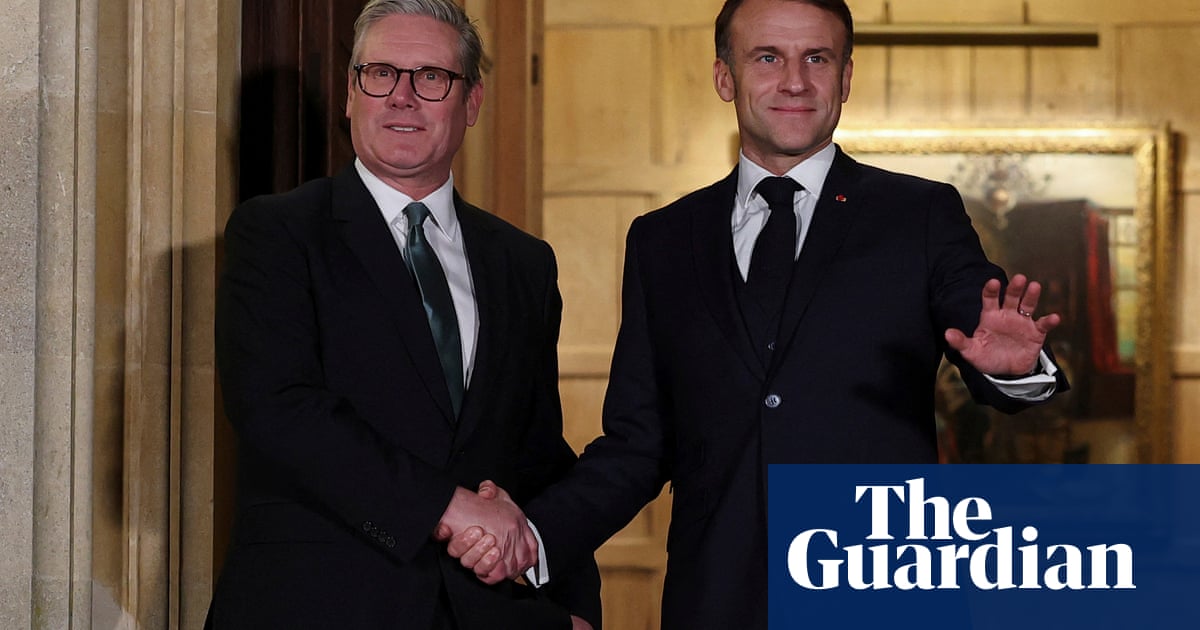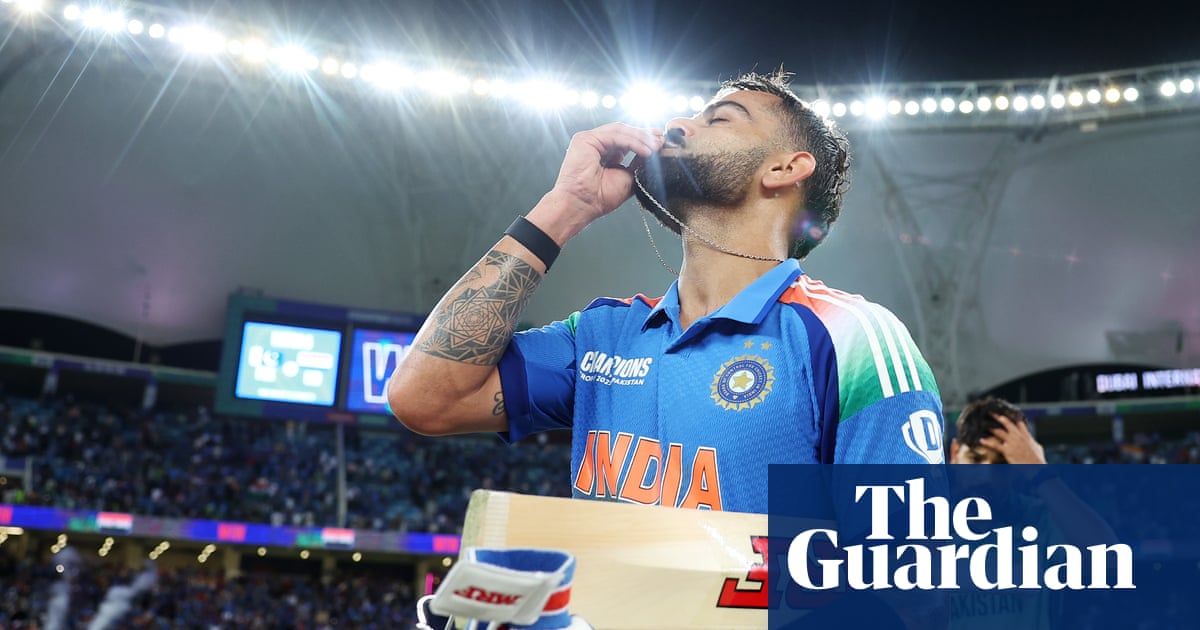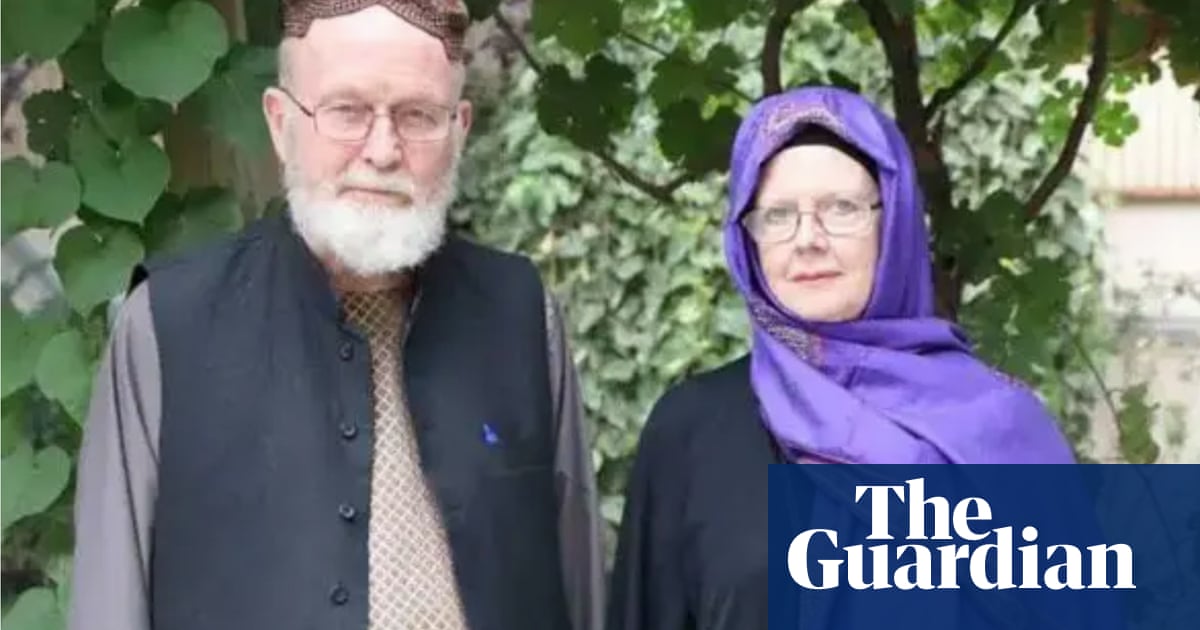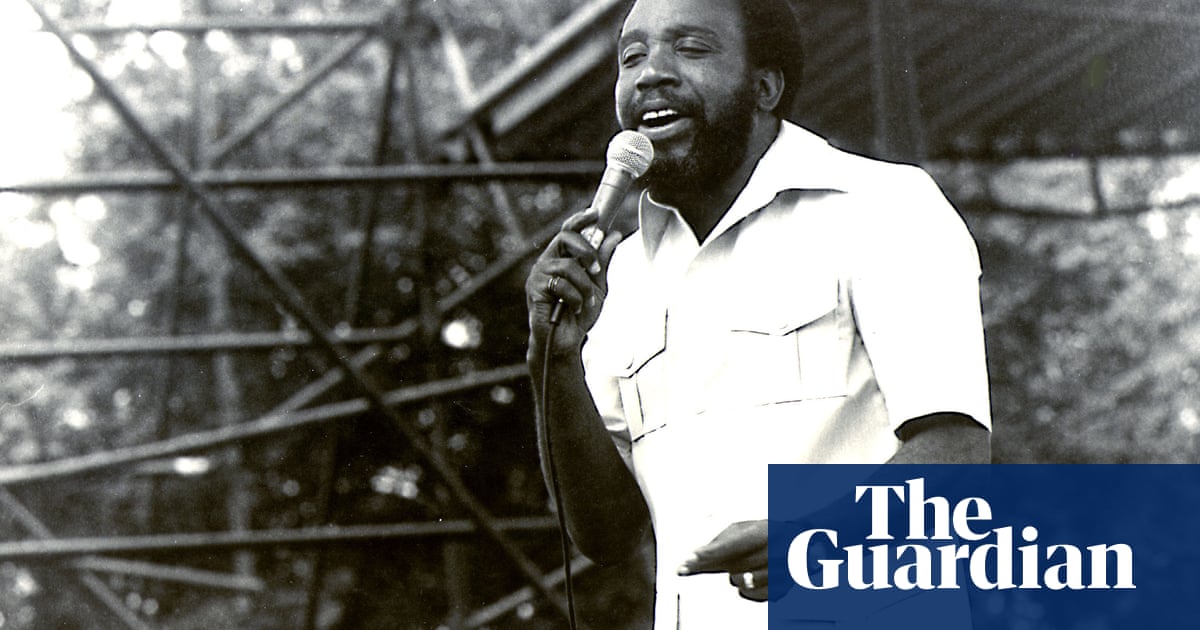Fenway Sports Group, the John W Henry-led company that holds a controlling stake in Liverpool FC, doesn’t need to look too far back into its own history to find a lesson that should signpost a resolution to Mohamed Salah’s contract situation.
In February 2020, Mookie Betts was one of the best baseball players on the planet. He was a little over a year removed from powering the Boston Red Sox – also owned by FSG – to a World Series triumph. He was 27 years old, at the peak of his powers. He was an American League MVP and a four-time All-Star. He was also about to become a free agent.
Inspired by Billy Beane’s Oakland A’s, the team of Moneyball fame, and driven by young general manager Theo Epstein, the Red Sox had ended an 86-year World Series drought in 2004 thanks, in part, to their embracing of analytics.
Emboldened by what they saw in the game’s underlying numbers, they’d traded away the hugely popular shortstop Nomar Garciaparra midway through that season and made astute, franchise-changing additions out of previously unheralded players like Kevin Millar and David ‘Big Papi’ Ortiz.
The data helped them build three more title-winning teams, in 2007, 2013 and 2018. It also told them to trade Betts.
Feeling that the length of his next deal would greatly outlast his remaining prime years and prizing financial flexibility over securing the future of their franchise star, the Red Sox failed to present Betts with an offer he felt matched his market value. Rather than let him walk for free, Boston traded Betts to the Los Angeles Dodgers.
The Red Sox received a comparatively meagre package of Alex Verdugo, Connor Wong and Jeter Downs in return. Only Wong is still with the club. Betts received a 12-year, $365m contract.
In the five years since he left Boston, Betts has won two World Series and has finished top five in MVP voting three times. Over the same period, the Red Sox have posted just one winning season.
And now FSG face a similar situation with their Premier League club. Salah is undoubtedly one of the greatest players in Liverpool’s rich history. Signed from Roma for £36.5m in 2017, he has scored 223 goals in 368 appearances for the Anfield side. He was the star of their first top-flight title triumph in almost three decades when the Reds won the Premier League in 2020, a year after he’d helped fire them to Champions League glory.
At the end of the current season, his contract – if not renewed – will expire. It is a starker stay-or-go dilemma even than the Betts departure as there will be no trade return. And unlike the standard practice in the NFL, free-agent soccer departures cannot generate compensatory picks for a draft that doesn’t exist.
Liverpool’s recent success has been every bit as data-driven as the Red Sox’s 21st-century revival. It would be in contravention of an unwritten policy to offer a large and lengthy contract to a player in his 30s, at which point analytical data predicts a fast and severe decline in performances.
Salah is 32. He is already Liverpool’s top earner and the eighth-highest-paid player in the world, on a reported £350,000 per week.
He is also still, arguably, the best player in the Premier League. Liverpool, in their first season under new manager Arne Slot, sit top of the table after 12 games, eight points clear of defending champions Manchester City. Their lofty position and sizable title-race lead is in no small part down to Salah. With 10 goals and six assists, he has directly contributed to more goals than any other player.
There is reason to believe, too, that Salah will be able to stave off the kind of decline typically seen in players around his age and extend his prime longer than most. This is because, compared to many of his superstar peers, he was a relatively late bloomer. He was not – like, say, Wayne Rooney, Cristiano Ronaldo or Neymar – playing 50-plus elite-level games per season by his late teens.
after newsletter promotion
Salah first moved to Europe at age 20 when he signed for Swiss side FC Basel. He then had an unsuccessful spell with Chelsea. It wasn’t until he joined Roma in 2015, at age 23, that he first played more than 1,500 minutes within a single season in a top European league. The reduced wear and tear of a lower early career workload should aid his longevity.
What’s more, the cost of acquiring a true qualitative replacement for Salah would almost certainly be far greater than the price of keeping him. Just ask the Red Sox how their Betts succession plan has panned out.
Betts wanted to stay at Fenway Park. “I know people don’t believe me, but I wanted to stay in Boston my whole career,” he told Foul Territory last year. “That was my life. I knew everybody there. it was a short flight to Nashville. It was perfect.”
And Salah, speaking after Liverpool’s 3-2 win over Southampton in the Premier League this past weekend, outlined his desire to stay at Liverpool and expressed disappointment at not yet having received a contract offer from the club.
“You know I have been in the club for many years,” he said. “There is no club like this. But in the end, it is not in my hands. As I said before, it is December and I haven’t received anything yet about my future.
“I love the fans. The fans love me. In the end it is not in my hands or the fans’ hands. Let’s wait and see.”
Analytics evangelists will attest that in order to fully reap the benefits of a data-led approach, an emotionless adherence to the numbers is required at all times. But five years on, the Red Sox are still reeling from the loss of Betts. FSG must avoid the biggest mistake of their American wing when it comes to tying down Liverpool’s star winger.

 2 months ago
47
2 months ago
47
